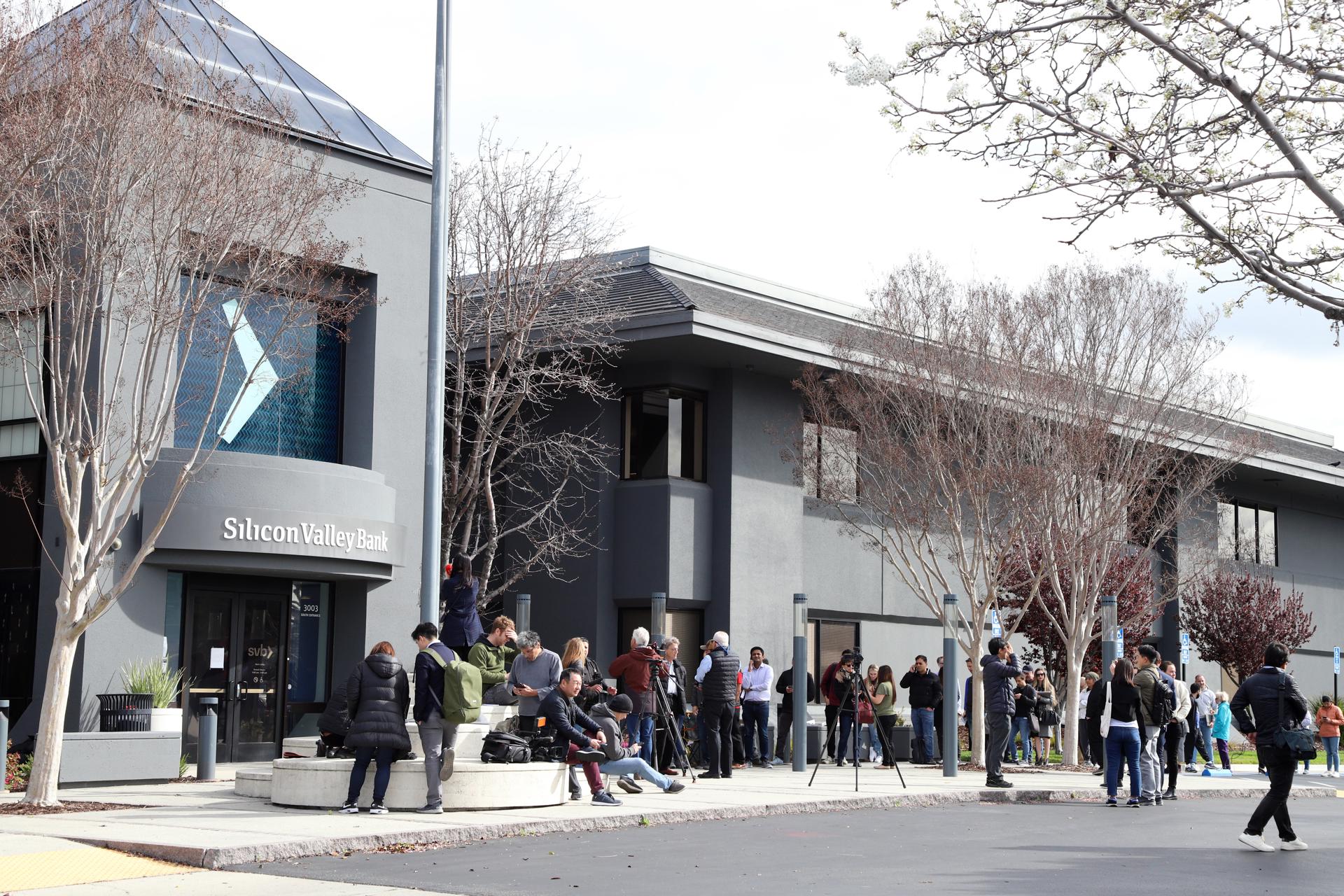Silicon Valley Bank’s Collapse: Understanding the Biggest Bank Failure since 2008
Silicon Valley Bank’s collapse last Friday has become the largest bank failure in the United States since the Great Recession. The California-based bank, which is a lender to technology startups, announced on Wednesday that it had sold $21 billion in securities at a loss of $1.8 billion and would seek to raise $2.25 billion in capital. Despite seeking to sell $1.25 billion in common stock and $500 million in convertible preferred shares, and announcing a deal with General Atlantic to sell another $500 million of common stock, the attempts to raise capital failed, leading to the bank’s closure.
Shares of parent company SVB Financial were halted on Friday morning after falling 64% in pre-market trading, following a 60% dive on Thursday as investors quickly sold shares. Concerns about the bank’s stability caused some venture capital funds, including Peter Thiel’s Founders Fund, to advise portfolio companies to withdraw their funds from SVB.
The FDIC announced that it had closed Silicon Valley Bank on Friday morning, creating the largest bank failure in the United States since the 2008 financial crisis. The FDIC created the National Bank of Santa Clara to protect insured depositors, who will have access to their insured deposits no later than Monday, March 13. Shareholders and unsecured debtholders are not covered by the plan.
Other banks, including First Republic Bank, also took a hit amid SVB’s failure as investors and analysts look for other similar problems. First Republic Bank’s shares fell as much as 52% during early trading and have since plummeted even more.
SVB reported $212 billion in assets for the fourth quarter of 2022, making it the second-largest bank failure in U.S. history, second only to Washington Mutual, whose 2008 failure came as the bank had roughly $300 billion in assets. Silicon Valley Bank ranked as the 16th-largest bank in the United States based on assets prior to its collapse.
After the tech industry grew during the pandemic, SVB’s clients deposited billions, bringing the bank from $60 billion in total deposits at the end of the first quarter of 2020 to nearly $200 billion two years later. However, SVB invested in debt like U.S. Treasuries and mortgage-backed securities, but as the Federal Reserve began to increase interest rates to combat inflation, the value of SVB’s investments fell. Higher interest rates also took a toll on SVB’s clients: Startup funding began to dry up as private fundraising became more costly, causing its clients to withdraw funds. Amid the surge in withdrawals, SVB sold assets (including bonds that had lost value due to interest rate increases) which created $1.8 billion in losses.
The failure of both SVB on Friday and cryptocurrency bank Silvergate on Wednesday sparked fears of contagion and drew uncomfortable comparisons to the Great Recession. Some analysts agree that contagion concerns are overblown in light of “idiosyncratic issues at individual banks,” Bank of America analyst Ebrahim Poonawala said, as SVB and Silvergate primarily operated within industries vulnerable to higher interest rates (cryptocurrencies, startups, and venture capital) and many banks have broader customer bases. But shares of some of the nation’s largest banks, including JPMorgan, Wells Fargo, and Citigroup, were up on Friday after slumping on Thursday.
The Treasury Department announced protections for depositors at SVB and Signature Bank, assuring depositors they’ll have access to their funds on Monday, March 14. In a Monday speech, President Biden insisted the government is not pursuing a taxpayer-funded bailout, stating “no losses will be borne by the taxpayers” and distinguishing his administration’s actions from the 2008 financial crisis bailout.

